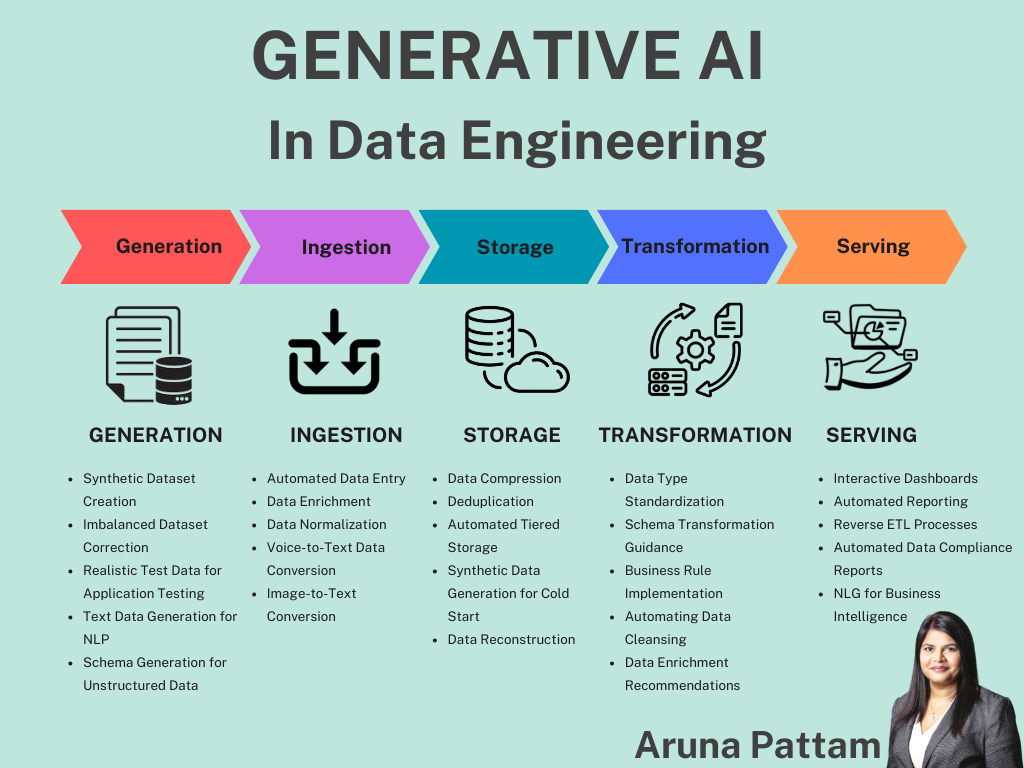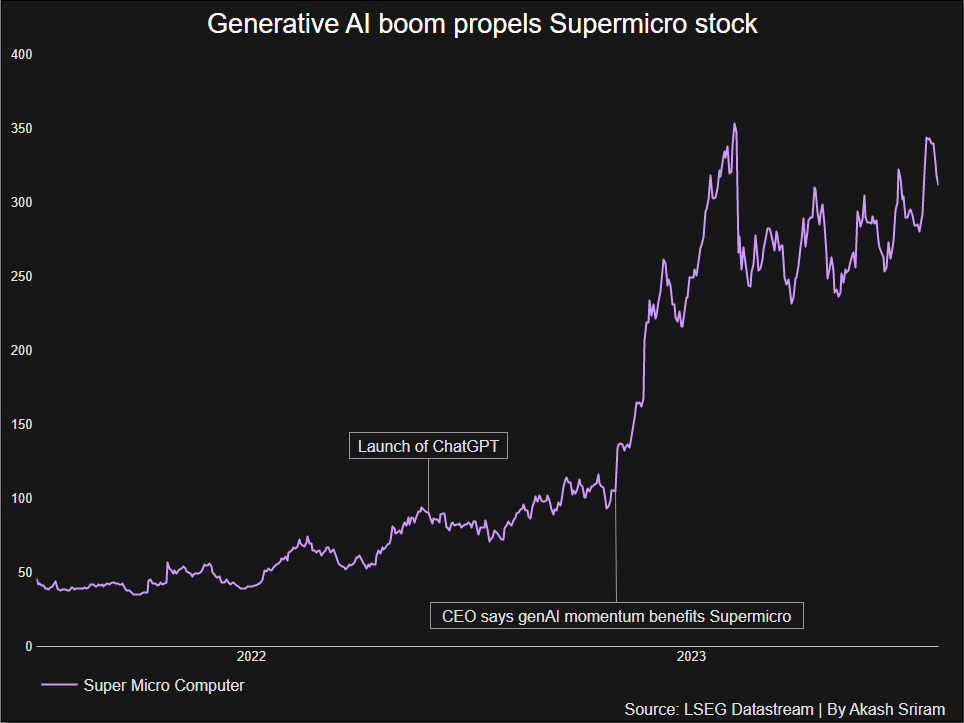In a world grappling with pressing environmental challenges, the emergence of Generative AI stands as a beacon of hope, revolutionizing the way we perceive and utilize sustainability data. Unlike its predecessors, Generative AI doesn’t merely crunch numbers; it breathes life into data, transforming it into actionable insights that pave the way for a greener, more sustainable future.
This groundbreaking technology marks a pivotal moment in the quest for effective environmental stewardship, as it harnesses the power of artificial intelligence to tackle some of humanity’s most pressing issues.
Generative AI’s role in transforming sustainability data
Generative AI represents a paradigm shift in artificial intelligence, transcending the boundaries of traditional data analysis to encompass creation and simulation. At its core lie advanced machine learning algorithms, particularly neural networks, which enable the generation of new data and models.
This transformative capability empowers Generative AI to predict future scenarios, providing invaluable insights into sustainability challenges. From healthcare to automotive industries, its applications span across various sectors, with sustainability now taking center stage in harnessing its potential.
Sustainability data is a vast mosaic of information, reflecting the intricate interplay between environmental, social, and economic factors. Yet, despite its abundance, the complexity of this data often overwhelms traditional analysis methods, leading to underutilization of its potential.
Generative AI bridges this gap by unraveling the intricacies of sustainability data, identifying patterns, and simulating scenarios to inform decision-making. By converting raw data into actionable intelligence, it unlocks new avenues for sustainable development and resource management.
The integration of Generative AI into sustainability efforts amplifies the value of data by providing nuanced insights and predictions. From predicting energy consumption patterns to monitoring environmental changes through satellite imagery, its applications are diverse and far-reaching. By ‘seeing the unseen’ and anticipating future scenarios, Generative AI empowers organizations to make proactive decisions that align with sustainability goals. This not only enhances environmental stewardship but also drives efficiency and innovation across industries.
The impact of AI-driven sustainability initiatives
The benefits of leveraging Generative AI for sustainability are manifold. It enables informed decision-making, enhances resource efficiency, and advances environmental, social, and governance initiatives. By leveraging accurate predictions and comprehensive data analysis, organizations can navigate towards a more sustainable future while maintaining stakeholder trust and compliance with ESG criteria. This synergy between AI and sustainability fosters a culture of innovation and responsibility, paving the way for long-term environmental preservation.
Despite its potential, the integration of Generative AI into sustainability practices poses ethical and practical challenges. Data privacy, biased outcomes, and the responsible use of AI are among the key considerations that demand careful navigation. Ensuring the integrity and confidentiality of data, as well as maintaining human oversight, is paramount to harnessing the full potential of Generative AI while mitigating risks and ethical concerns.
Looking ahead, Generative AI holds the promise of shaping a sustainable future by unlocking new avenues for environmental preservation and social responsibility. As technology evolves, we can expect more advanced AI models capable of even greater accuracy and efficiency in data analysis. By harnessing this potential responsibly, Generative AI will continue to serve as a catalyst for positive change, driving sustainable initiatives across various domains.
Generative AI represents a paradigm shift in sustainability efforts, offering a potent tool for driving positive environmental change. By transforming complex data into actionable insights, it empowers decision-makers to navigate towards a greener, more sustainable world. However, its integration must be guided by ethical principles and responsible practices to maximize its benefits while minimizing risks. As we embark on this journey towards a sustainable future, the fusion of Generative AI and environmental stewardship holds immense promise for generations to come. As we embrace the transformative potential of Generative AI in sustainability, how can we ensure its responsible integration and ethical use to maximize its benefits while mitigating risks?





